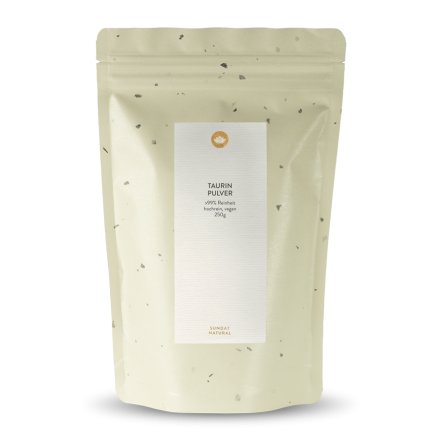Hericium Erinaceus
Lion's mane, also known as satyr's beard or bearded hedgehog mushroom, is considered a delicacy in Asia due to its subtly sweet flavour, which is reminiscent of that of crab or lobster. The appearance of this mushroom in the wild is also quite peculiar: its 2-6cm long spines sprout out from the sides of trees and look like white fur or coral. The hairy-looking structure of the mushroom explains its many names, which include pom pom mushroom and monkey's head in addition to the aforementioned. Today's cultivated variants, however, often have shorter spines and more closely resemble sponges than manes.
The mushroom flourishes on tree stumps as well as old or decaying deciduous trees, predominantly in the northern hemisphere. There is evidence to suggest that lion's mane was historically used as a medicinal mushroom not only in Asia, but also by indigenous peoples in North America.
Lion's mane is a nutritious mushroom that contains most of the essential amino acids. Other nutritional compounds found within this mushroom include polysaccharides and beta-glucans, as well as a broad spectrum of over 30 different diterpenes including hericenone and erinacines, which are unique to Hericium erinaceus and are the subject of an increasing number of scientific studies.


































